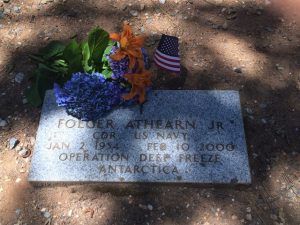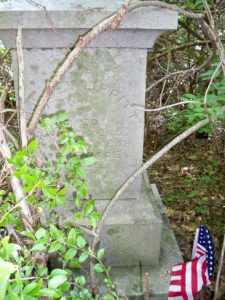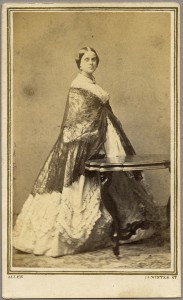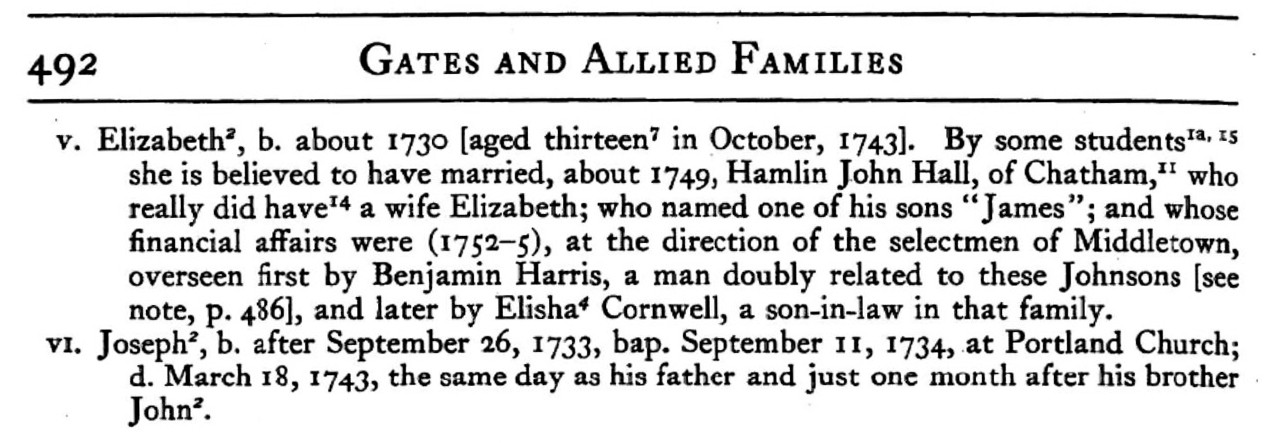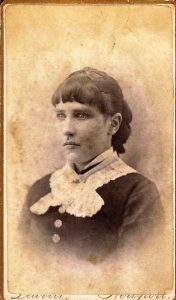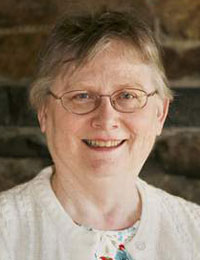 Over the centuries tens of thousands of different formats have been used to present genealogies depending on what system the author chose to use. Within the last half-century or so, standards of genealogical format have been developed and accepted by the professional community. Recommended reading: Penny Stratton’s online series on genealogical writing and publishing, and also her book, available as an e-book as well as in a print edition.
Over the centuries tens of thousands of different formats have been used to present genealogies depending on what system the author chose to use. Within the last half-century or so, standards of genealogical format have been developed and accepted by the professional community. Recommended reading: Penny Stratton’s online series on genealogical writing and publishing, and also her book, available as an e-book as well as in a print edition.
However, standardized rules do not ensure, even today, that everyone follows them, nor that they are understood. This means that evaluating a genealogy, old or new, requires consideration of whether the format is a help or a hindrance to our research. Standardized formats we use today have two particular aspects of importance – numbering systems and arrangement of information. Continue reading Format

